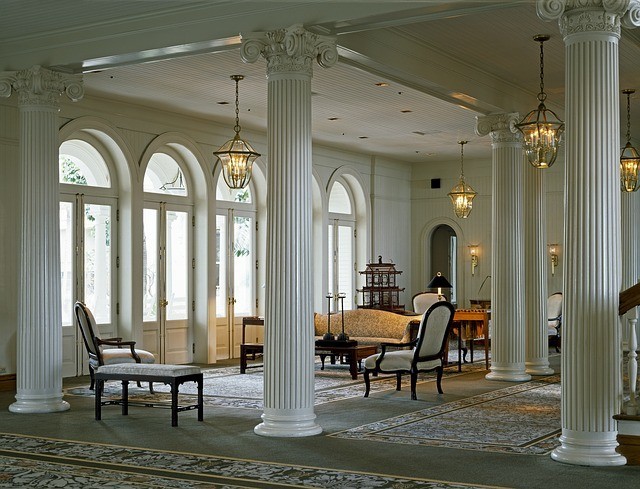Judging by the poor acoustic quality of many residential and commercial buildings, it appears that architects and builders do not have ears, or at least they do not care about the quality of room acoustics and architectural acoustics.
More...
Architectural Acoustics
Even though this issue is not directly linked to soundproofing, the area of my specialization, as an acoustical expert, architectural acoustics, is dear to my heart. It irks me when I enter a restaurant, a public hallway, a shopping mall, or any other space with poor room acoustics.
Our quality of life, work productivity, and even our health are affected by the acoustic environment we live in and the acoustic quality of interior spaces. Many offices, classrooms, hospitals, restaurants, places of worship, and other public spaces, even those built recently, have bad acoustics. Our music-listening rooms and home theatres are often poorly designed in our homes. It seems that the designers either do not care or do not know anything about architectural acoustics.
Due to a lack of education and appreciation for acoustics among builders and architects, the acoustic quality of interior spaces often takes a back seat to aesthetics and cost priorities and is ignored. Therefore, the acoustic performance of the designed space is often the result of chance and, more often than not, is quite poor.
Examples of Bad Room Acoustics
I can give two examples of a bad acoustic environment out of many possible ones.
"Holt Renfrew" is a high-end clothing retailer in downtown Toronto: Its shopping floors reverberate with an unpleasant mix of piped-in background music, distant conversations, and noise from all directions. And surprisingly, their new flagship store in Toronto's Yorkdale Mall is designed similarly, playing unpleasant and loud background music.
"Fresh" is a restaurant on Eglinton Street near Yonge Street in Toronto: Directly over the food preparation area is a dropped-down wooden ceiling that reflects noise from electric drink blenders into the dining room. The floors and ceilings are plain concrete, which amplifies the mix of noise, background music, and people's conversations.
Architectural acoustics is not rocket science. Just a few simple design considerations based on knowledge of room acoustics can significantly improve the result, often with little or no additional cost. I will write more articles to shed light on this topic.
While preparing to write this article, I came across an excellent TED talk presentation by an expert in architectural acoustics, Julian Treasure. His video presentation describes and demonstrates my view on the acoustics of interiors much better than I could express it. Please take the time (less than 10 minutes) to listen to him. Note his call to action for designers to pay attention to the “invisible architecture” of sound.
Awareness of architectural acoustics
I think that the poor quality of acoustics in many (or most) public spaces is due to a lack of general awareness of the issue. However, sometimes the acoustics issue in public spaces is highlighted in unexpected places. Look at this nice New York Times article. The article is well written, and the illustrations are well produced but lacks recommendations for future architectural acoustics improvements.
If you would like to get a no-obligation quote for consulting services in the Toronto area from the author of this article, please click on the button below.
Your feedback is always appreciated. Please use the from below to submit your comments.
